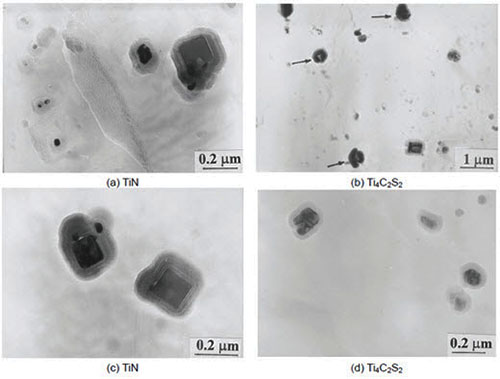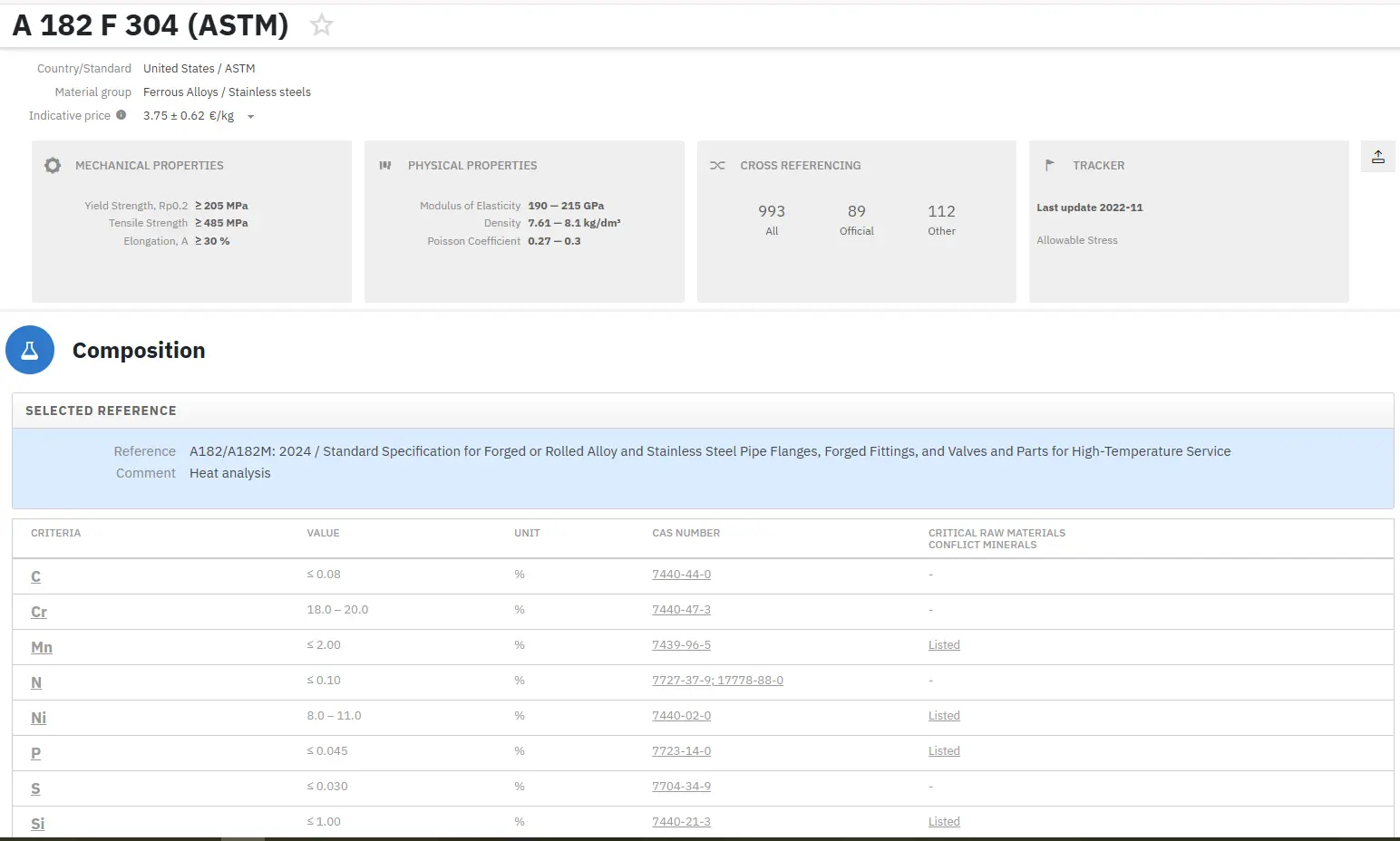Ultra Low Carbon Interstitial Free Steels
Abstract
This article examines Ultra Low Carbon (ULC) Interstitial Free (IF) steels, highlighting their significance in automotive and industrial applications. These specialized steels, characterized by the absence of interstitial solute atoms in their iron lattice, offer superior formability and excellent surface quality. The paper discusses their production processes, chemical composition, and stabilization techniques using titanium and niobium. Particular attention is given to their evolution since the 1980s, including developments in warm rolling technology and applications in automobile panels and enameling. The study also explores the role of alloying elements in enhancing properties and preventing fishscale resistance.
Introduction and Basic Properties
Interstitial Free (IF) steels represent a significant advancement in steel manufacturing technology, characterized by the absence of interstitial solute atoms that would typically strain the solid iron lattice. This unique structure results in a body-centered cubic (bcc) ferrite matrix, producing very soft steel with low yield strength, high plastic strain ratio (r-value), high strain rate sensitivity, and exceptional formability characteristics.
ULC steel has gained widespread adoption in applications demanding superior formability and surface quality. Since the latter half of the 1980s, these materials have been extensively used in automobile panels, typically produced through cold rolling and annealing after hot rolling, with the hot rolling phase completed in the austenite region at elevated temperatures.
Advanced Processing Technologies
Recent developments in warm rolling technology (also termed ferrite rolling technology) for low carbon and ULC IF steels have garnered significant attention. This innovative approach offers multiple advantages, including enhanced drawing properties and the ability to directly produce drawable strips for airmobile applications. Several countries have successfully implemented ferrite warm rolling for automobile strip production. The enameling industry has also recognized the potential of these sheet steels, though conventional ULC steels require modification to address fishscale resistance due to their high purity levels.
Chemical Composition and Alloying Elements
For enameling applications, various alloying elements are incorporated to form specific inclusions and precipitates:
- Cementite
- Titanium precipitates
- Oxides
- Boron nitride
The selection of alloying elements is largely dependent on the base chemical composition. In ULC steels, carbon, nitrogen, sulphur are decisive elements, while titanium, rare earth metals, and boron serve as beneficial alloying elements that significantly enhance final properties.
Production Process
The manufacturing of ULC steel follows a comprehensive sequence: steelmaking in LD, vacuum degassing in RH system, continuous casting, hot-rolling by hot strip tandem mill, pickling, cold-rolling by cold strip tandem mill, annealing by batch or continuous annealing furnace, and finally, skin tempering, oiling, and packaging.
Stabilization Technology
Following the introduction of vacuum degassing technology, conventional IF steels contained carbon (C) in the range of 40-70 ppm (0.0040-0.0070%) and nitrogen (N) between 30-50 ppm (0.0030-0.0050%). The addition of niobium (Nb) and/or titanium (Ti) serves to stabilize these interstitial C and N atoms.
The presence of carbon and nitrogen in sheet steel typically results in higher mechanical properties, age hardening, and deterioration of the r-value. Through vacuum degassing, these elements are reduced to levels that can be effectively "stabilized" by small additions of Ti and Nb. These elements form strong carbides/nitrides, removing remaining C and N from solution in liquid iron.
Ti-only IF steel is commonly used for optimal mechanical properties in deep drawing applications, though it shows high reactivity in zinc baths and is typically limited to galvanize (GI) coating. Ti-Nb stabilized IF steel has gained popularity, achieving complete stabilization at lower element levels through synergistic effects, though requiring higher annealing temperatures during galvanizing.
Microstructural Analysis
TEM examinations of Ti-bearing ULC steels reveal predominantly TiN (or TiCN) and Ti4C2S2 precipitates. These microstructural features are clearly demonstrated in Figure 1, which shows TEM morphology of precipitates in sheet steels with varying titanium contents: (a) and (b) showing Steel (0.043%Ti), and (c) and (d) showing Steel (0.071%Ti).

Figure 1: TEM morphology of precipitates in sheet steels (a) and (b) Steel (0.043%Ti), (c) and (d) Steel (0.071%Ti)
This comprehensive understanding of ULC IF steels continues to drive their development and application in modern manufacturing processes, particularly in automotive and specialized industrial applications requiring superior formability and surface characteristics.
Accédez en quelques instants aux compositions précises des matériaux !
Total Materia Horizon contient les compositions chimiques de centaines de milliers de matériaux, ainsi que leurs propriétés mécaniques et physiques, et bien plus.

Profitez d’un compte d’évaluation GRATUIT sur Total Materia Horizon et rejoignez notre communauté qui compte plus de 500.000 utilisateurs dans plus de 120 pays.